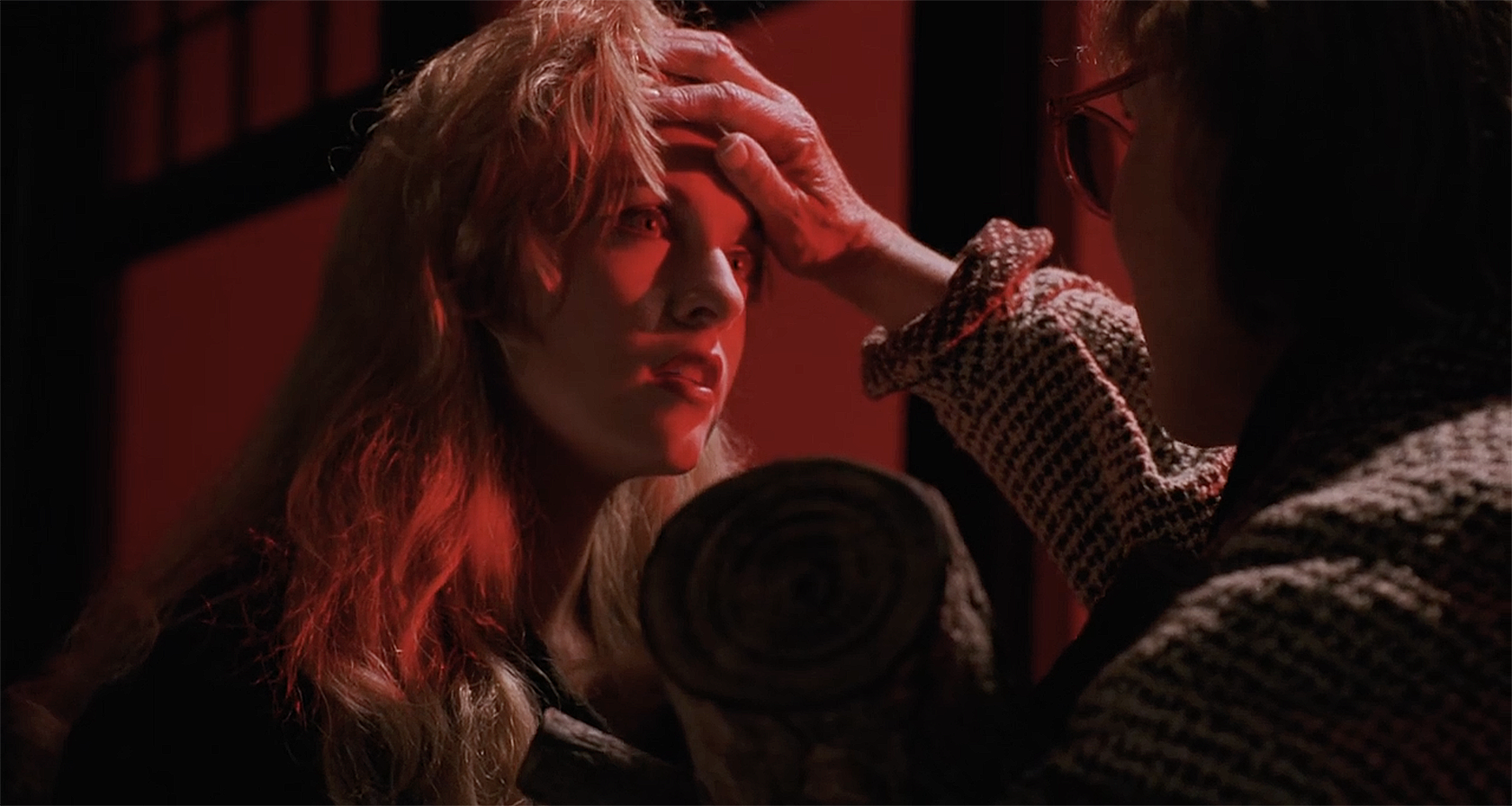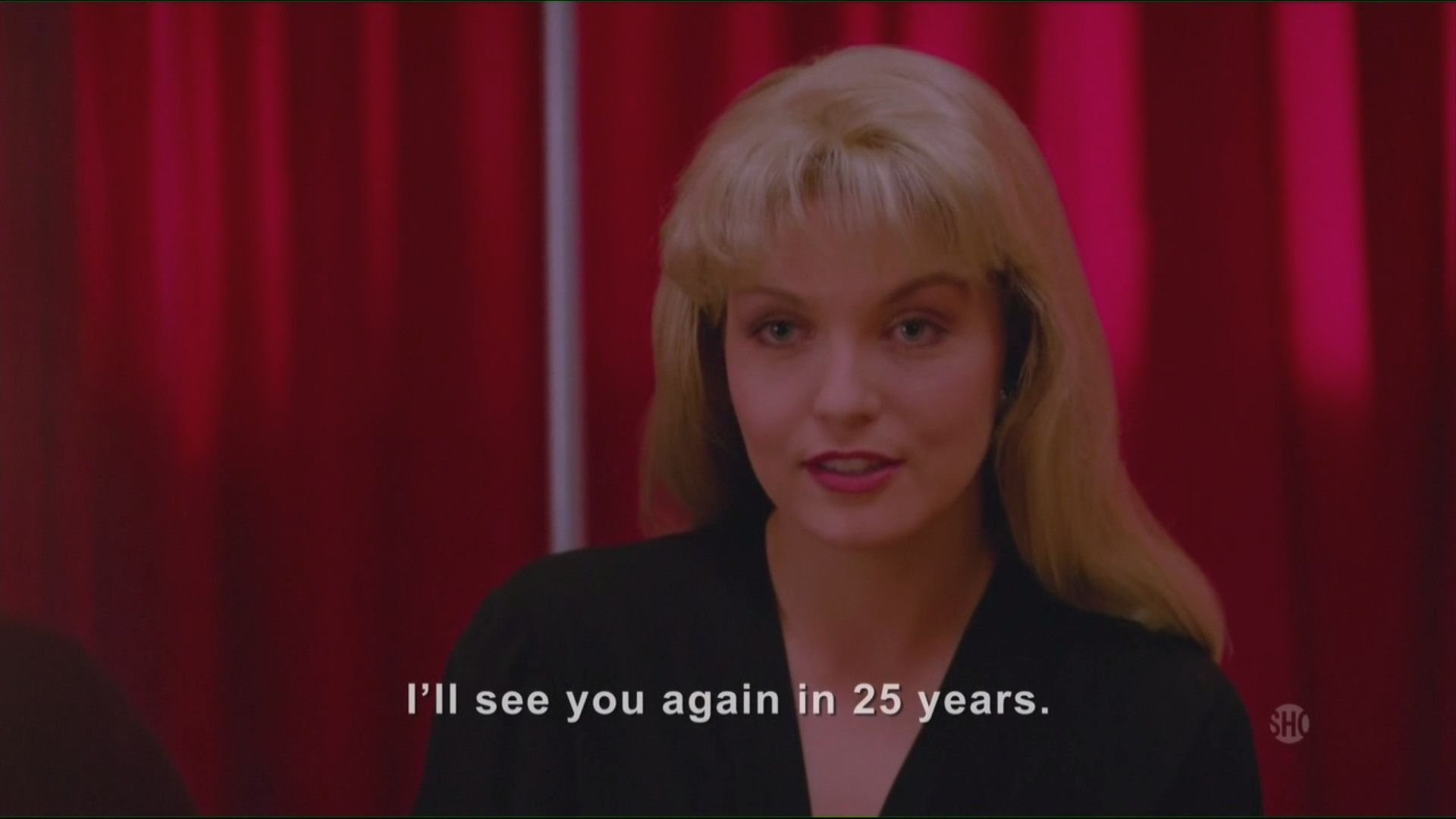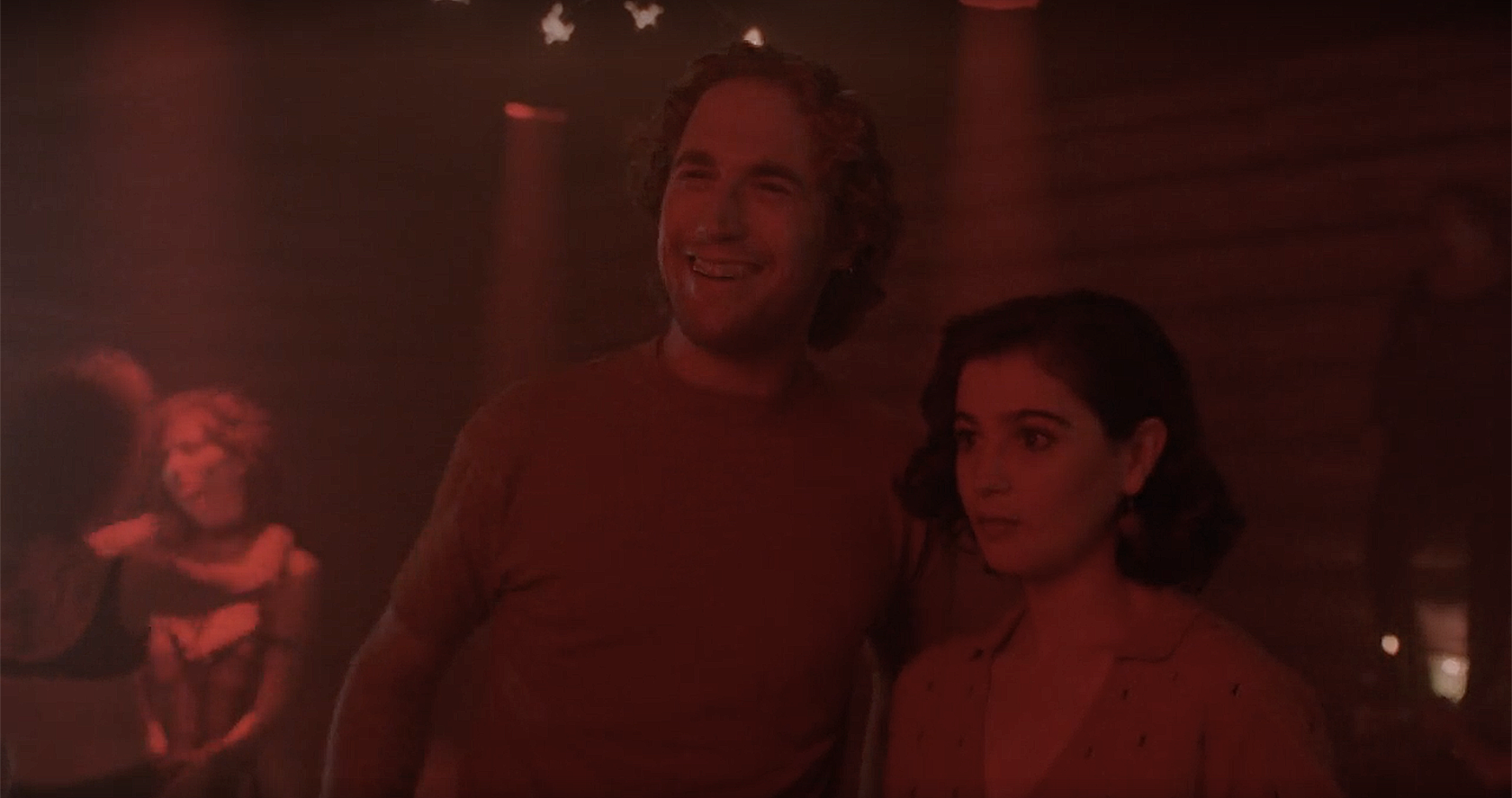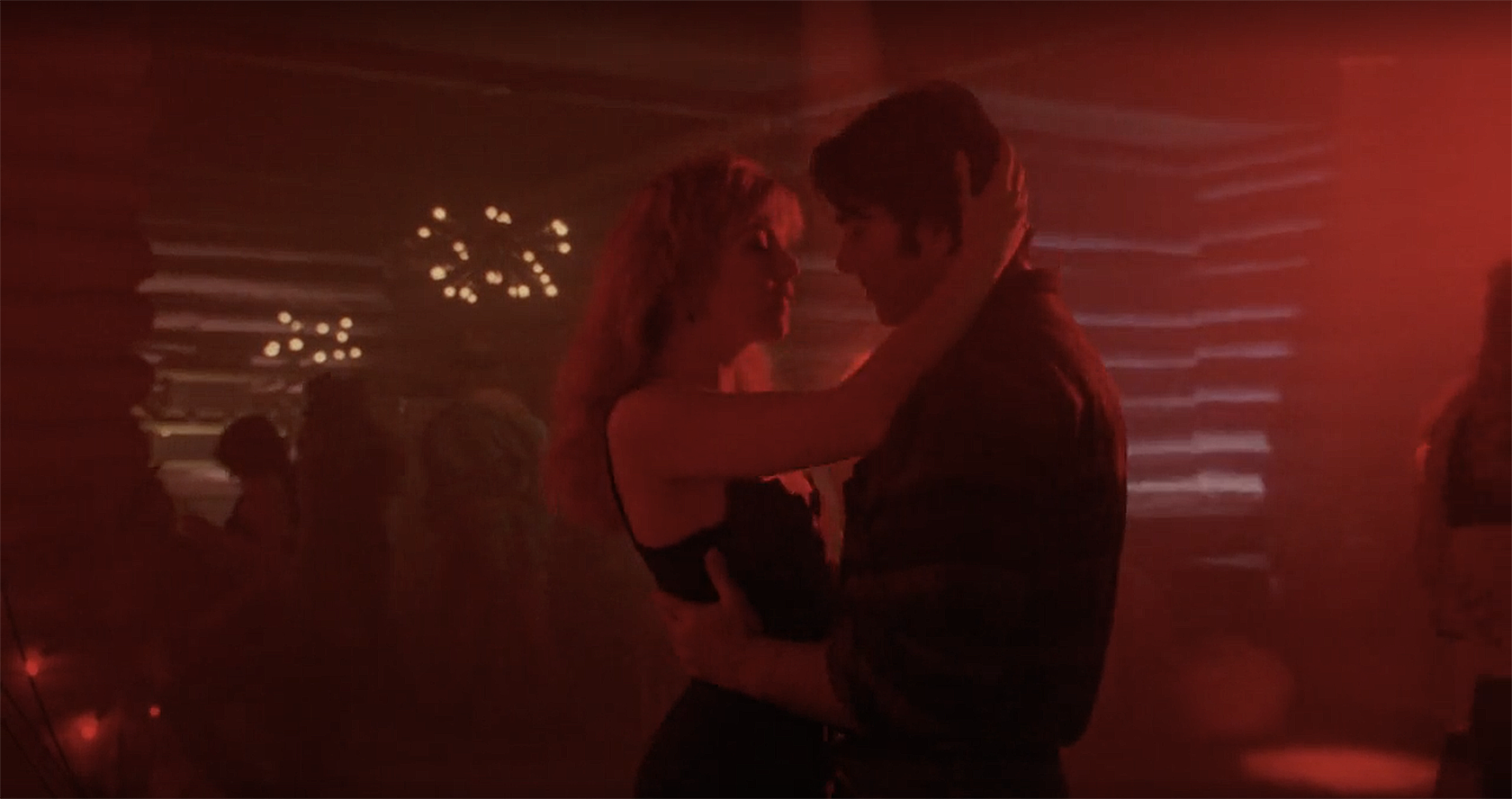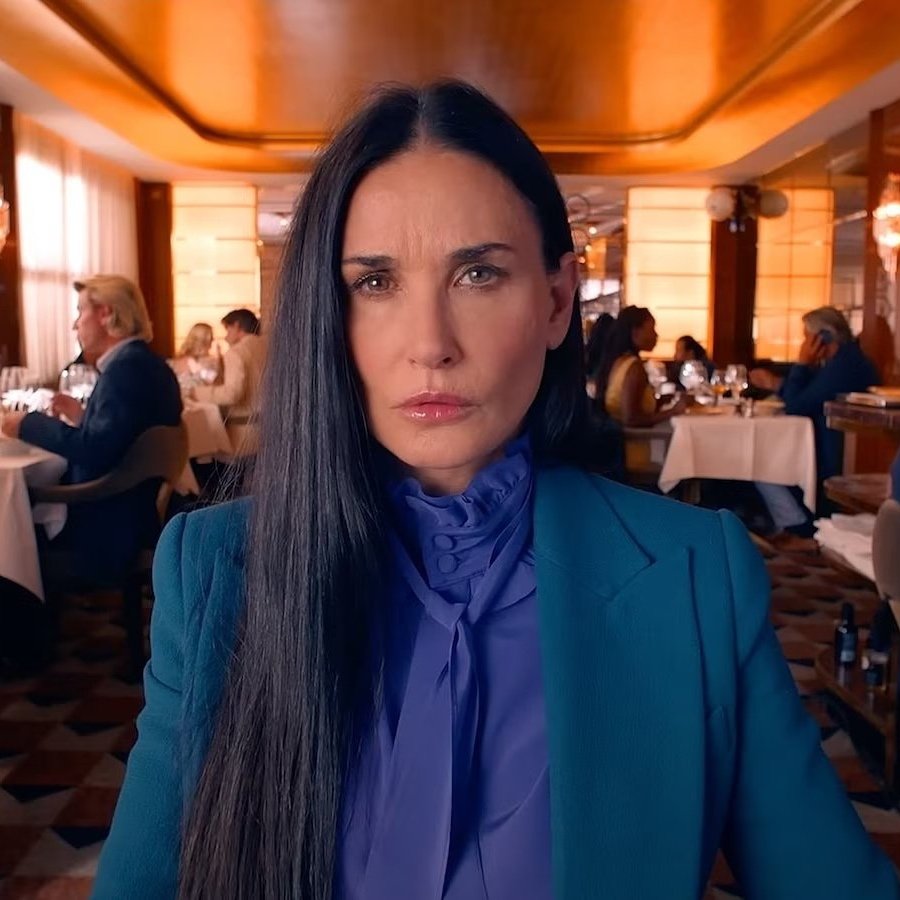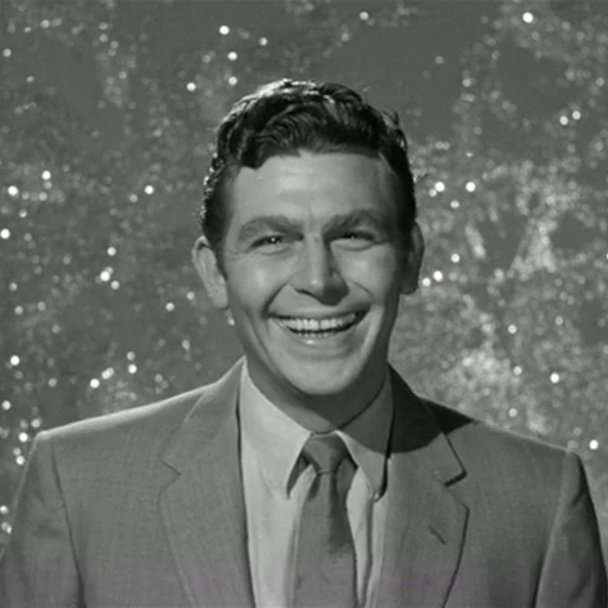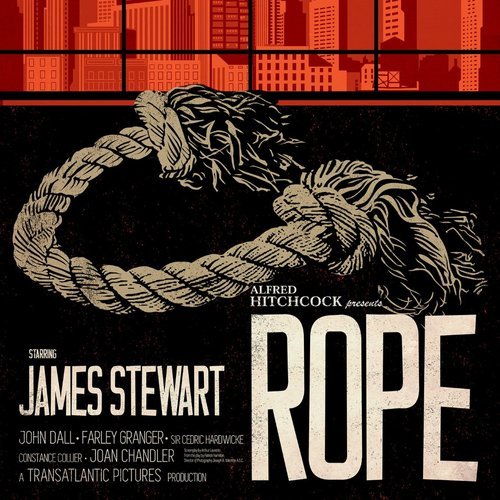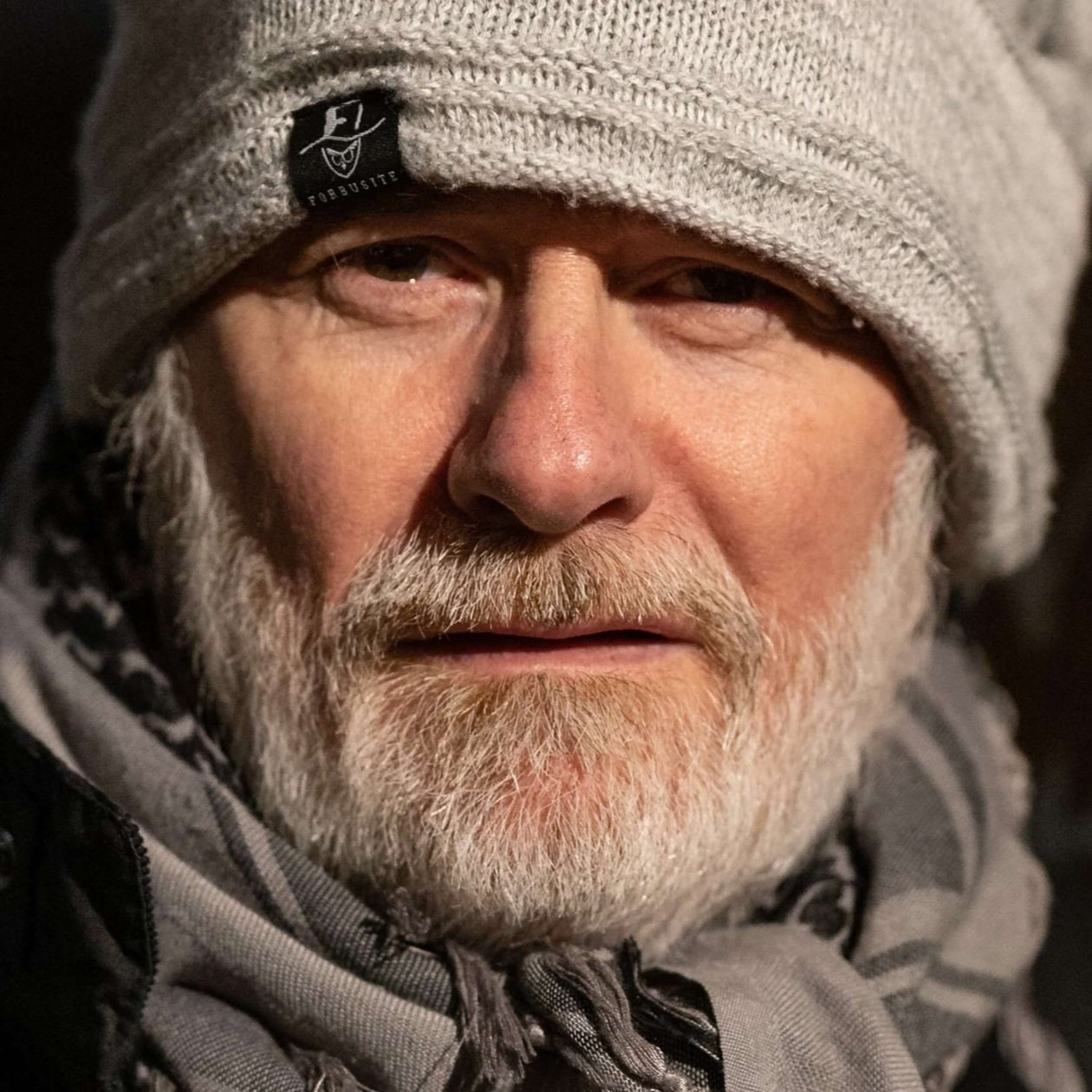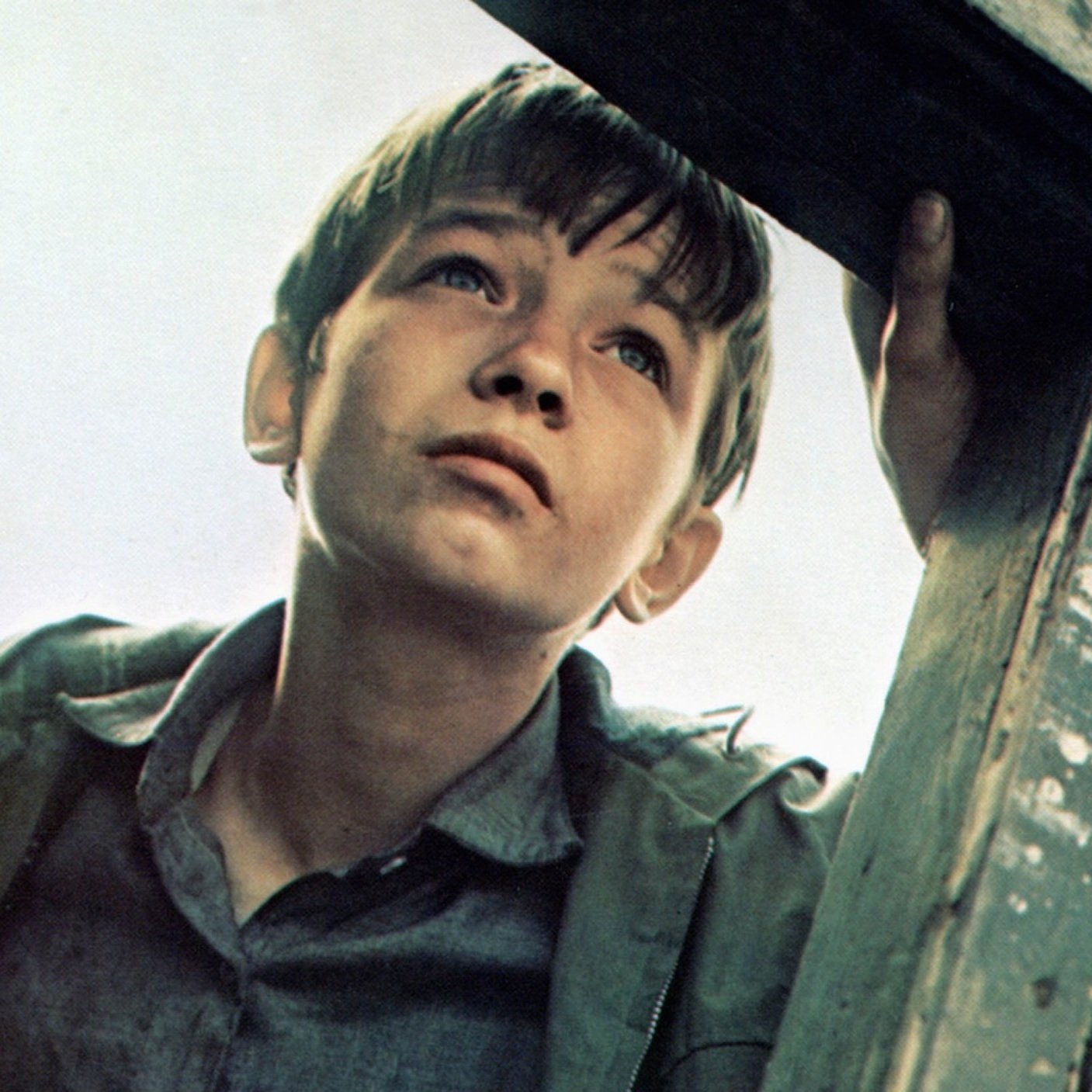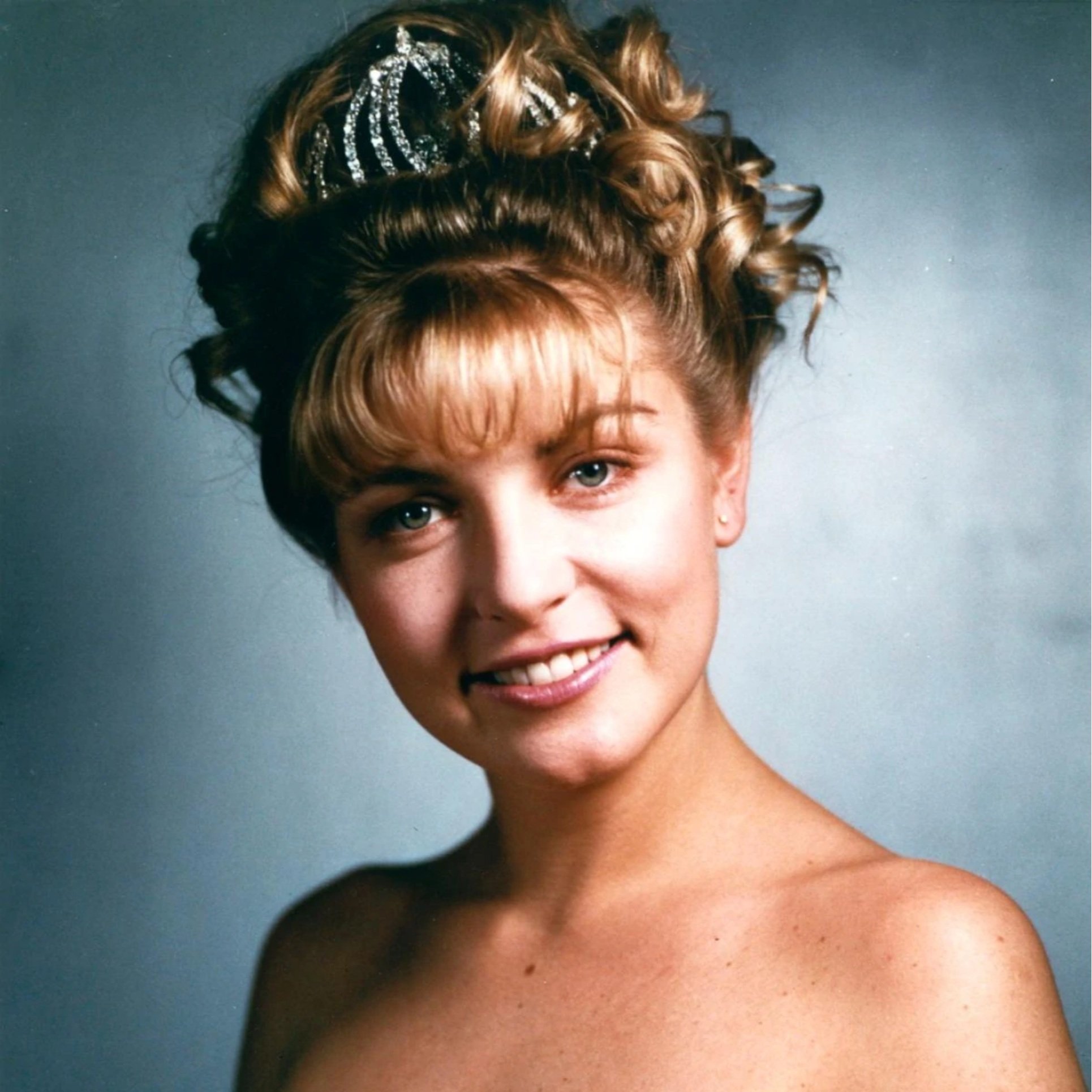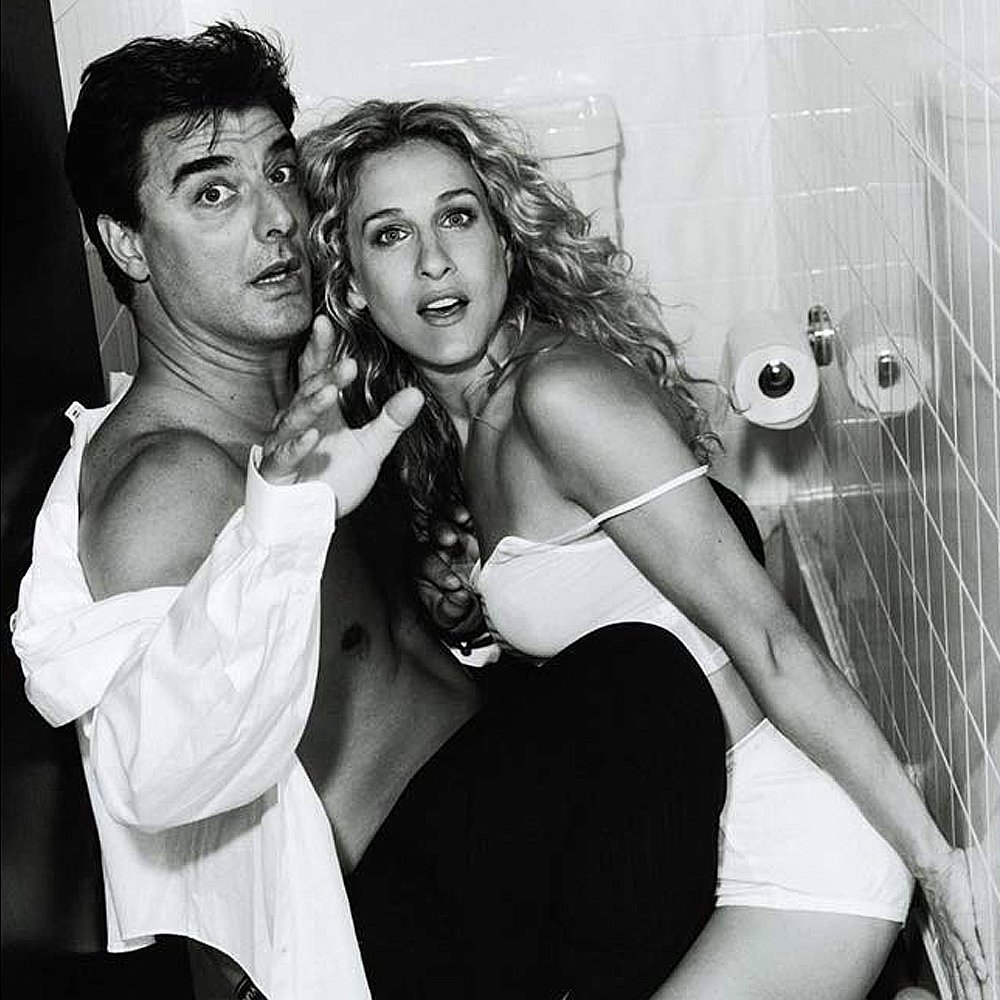The Missing Pieces of Lynch's Pink Room
Attempting to adequately interpret David Lynch’s Twin Peaks is a fool’s errand, but since its release in 1990 it hasn’t stopped thousands of well-intentioned sleuths from trying. The attempts to connect the numerous disparate threads of story and character with broader themes of anything from societal collapse, the interpretation of dreams, alternate realities and autobiography itself have far eclipsed the original two seasons. And while the impact of the criticism is rarely the intention of the critic, Lynch himself, especially in 1992’s prequel Fire Walk With Me and 2017’s Twin Peaks: The Return seems to effortlessly, but industriously, float above it all. In particular, 2014’s The Missing Pieces helps us connect some of the decontextualized elements and dialogue of Fire Walk With Me with conscious references the characters make in later episodes. But the effect is only one of referential recognition. We understand the reference in ways we didn’t before, but are ultimately none the wiser. For as much information as we think we are gaining, the underlying interpretation remains opaque. Lynch would further nurture this as a cinematic device in his later Lost Highway and Mulholland Drive. The primary driver isn’t that you simply don’t understand what’s going on until you think about long after the movie has ended. All you know with certainty is that something is very, very wrong. One of the best examples inside of the Twin Peaks universe is Laura Palmer’s visit to a back room in a roadhouse on the Canadian border called ‘The Power and The Glory’, which initially features in Fire Walk With Me, but is given significantly richer context in The Missing Pieces.
Since Fire Walk With Me’s release in 1992, it had long been rumored that Lynch had left a lot on the cutting room floor, probably having filmed enough for the original movie to easily have been over five hours long. In 2014, and as a precursor to what would become the limited series Twin Peaks: The Return, Lynch cut together all the various discarded threads and scenes from the original Fire Walk With Me production and assembled them into their own movie, The Missing Pieces, which acted not just as parallel complement to its parent, but in many ways as a standalone movie in itself. We see several characters from the original series who never made it to the final cut, are given additional context as to individual motivations, and in particular get expanded views of things only briefly shown in the cut which made it to theaters. David Bowie’s brief but intense cameo as special agent Phillip Jefferies, which is among the more memorable and downright weird scenes in the original cut, a classic slice of Lynchian oddity, is given expanded treatment, where we learn where Jefferies had come from prior to his strange arrival in the FBI office in Philadelphia (spoiler alert, it’s Argentina), what he saw between worlds along the way, and the pain of what happens to him when he leaves. More Bowie caters strongly to fan appetite of course, but in doing so, we’re treated to a lot more clarity about what’s more broadly actually going on.
When it originally aired in the early nineties, I loved Twin Peaks. It was absolutely appointment viewing, and the small gathering of fellow students who’d congregate the morning afterwards to try and make sense of it all was always such a treat. The telenovela-inspired melodrama of the teenage romances and the hidden affairs, the underlying primal threat of unnatural forces which were hard to see or understand, and of course the wonderful ensemble cast, many of which were Lynch regulars from his previous turns on Blue Velvet, Dune and Wild At Heart. It was rich, nuanced, conceptual, and unlike anything anyone had ever seen on television before. It was breathtaking and magical. When it ended with Kyle Maclachlan’s Evil Dale Cooper smashing his head against the bathroom mirror and screaming ‘Where’s Annie?’ we immediately longed for resolution in a third season. But as in all Lynch stories, such resolution never comes. We are always left in the darkness of our own thoughts and interpretations. But there was hope. In the final episode, where Laura Palmer and Agent Cooper are trapped in the Black Lodge, Laura tells Agent Cooper she’ll ‘see him again in 25 years’. At the time it seemed like a throwaway line. Little did anyone know Lynch was telling the truth and that they’d both be back in 2017. It was the most Lynchian of Lynchian moves.
But before we’d arrive there, we’d get The Missing Pieces. One of the more terrifying, overwhelming scenes in Fire Walk With Me is Laura Palmer (Sheryl Lee) and best friend Donna Hayward (Moira Kelly)’s visit to the Bang Bang Bar, where Laura agrees to being prostituted to two out-of-town truckers for the evening by Jacques Renault (Walter Olkewicz), the barman. Upon arrival Laura is warned by The Log Lady about the dangers ahead. But inside she gives the signal to Jacques, who ushers truckers Buck and Tommy towards Laura’s table for the transaction to begin. Donna naively joins them, and awkwardly tries to match Laura, both schoolgirl friends trying to out-do each other in front of their new clients. Donna drinks heavily, and in a classic piece of Lynch dialogue, tells the table ‘Let’s boogie’. The four leave, and head to a desolate roadhouse on the other side of the Canadian border. A lawless place in the middle of nowhere, where being two underage schoolgirls out of their depth and heavily consuming drink and drugs inevitably leads to a single outcome. The Missing Pieces gives us a window into the trip between bars, and the drunken drive through the cold, deserted roads of northern Washington state. The shots of the empty road, illuminated only by the car’s headlights would come back to terrifying effect in Lost Highway. Laura parties with Buck in the back seat, while Donna pleasures Tommy as he drives. They arrive, the car pops a couple of donuts, and they all stumble out, ready for the next chapter. As a wink to us in the audience, the adjoining repair shop is called Cooper Tires. Even though he’s not here, Special Agent Cooper is watching over Laura in his role as guardian angel.
We’re treated to some roadhouse scene setting (most notably a pan across an enormous banner above the bar which reads ‘Can-A-Do and U.S. of Fucking A’) and then we’re back to the scenes in Fire Walk With Me. The bridging scene of travel clarifies that what’s to come doesn’t happen inside the Bang Bang Bar, which wasn’t clear in the original cut. The four enter a private room where the door slams behind them, revealing its private name ‘The Power and The Glory’. What happens next is often referred to as ‘The Pink Room’ scene, which is the name of the Angelo Badalamenti song which plays throughout, even though there’s no actual reference to such a name in either of the movies. I remember seeing Fire Walk With Me in the movies when it originally ran in 1992, and this scene has never left me. Modern cuts of the film for streaming audiences subtitle the dialogue here, but I don’t remember that being the case when I saw it in the theater, and I feel adding them diminishes the scene’s impact. It’s an important distinction and changes one’s experience dramatically.
Buck, Tommy, Laura and Donna enter the room, which is dark and only illuminated by red lighting. Everything literally screams danger to us. Semi-nude dancers writhe to a mantra-like song which is loud, and completely consuming. The same few bars repeat over and over again from the live band, and just like in a real club, no-one can hear a thing. When seen in the theater, the effect is consuming and total. We are in the club with Laura and Donna, but feel the danger they don’t. The music is terrifying. Jacques’ been waiting there for them, and greets them as slowpokes, eager to get started on the evening’s festivities. He’s just as out of it as everyone else, and becomes ‘that’ friend in screaming grand declarations about the future. He declares himself no longer Jacques, but ‘The Great Went’, to which Laura responds ‘I am the muffin’.
This had always been a strange line in the original Fire Walk With Me, but having seen The Missing Pieces, we now understand why Laura says this. When leaving Donna’s house earlier, and after eating some of Mrs. Hayward’s huckleberry muffins, Donna calls Laura a muffin. She uses it as a term of endearment, a nudge between friends. Laura responds by saying Donna’s the real muffin. It’s a throwaway line between friends as they say goodbye. But as Laura walks down the path to leave, she stops, her face in anguish, and screams ‘No, you’re right, I’m the muffin’. Implying she’s the fool. The one making all the mistakes. The one who can’t help herself. So when she says that later in the Pink Room, we know what she’s talking about. Jacques, unaware of the reference of course, makes a comment about the muffin between Laura’s legs, and they make out as her evening further spirals out of control. But when we are watching this without subtitles, we can barely hear anything over the deafening, hypnotic, sleazy music, and really have to concentrate on the dialogue, much as we’d have to do in such a real situation. The effect is disorienting, terrifying, and draws us in far closer to these characters more than we’d ever be comfortable with. The same few chords relentlessly pound away, with no promise of escape, just like Laura and Donna. Everything is wrong here, and we’re part of it.
Laura, Buck and Jacques continue to take cocaine, while Donna’s drink gets spiked and her evening further goes off the rails. Laura undresses as she slow dances with Buck. Tommy undresses Donna as she submits to the evening. Ronette Pulaski, a high school acquaintance of Laura’s and colleague in Jacques’ prostitution ring is also there, although both Laura and Ronette are so out of it they can’t remember much about their relationship outside of simply recognizing each other. Jacques arrives offering to ‘put some meat in this sandwich’. The three of them reminisce about the passing of Teresa Banks, one of their girlfriends. He invites them up to his cabin later in the week, setting off the sequence of events which will ultimately get Laura killed. Laura, Ronette and Buck retire to a nearby booth, where Buck is ordered by Laura to go to work under the table on both of them. As Laura groans in pleasure, she sees Donna and Tommy, soberly awakens, screams with visceral horror and rescues Donna from Tommy. The camera pans across a filthy dance floor, littered with beer bottles and cigarette ends, the music fades, and the nightmare is finally over.
Lynch’s Pink Room sequence is one of the most extraordinary and terrifying in any of his movies, where of course there’s a very high bar around the kinds of imagery that’ll keep you up at night. We feel the visceral danger both girls are in, but are powerless to help as the music overwhelms everyone’s senses and the lighting screams its perpetual warning. It’s a free fall from which there’s no parachute, and everyone is falling faster and faster until they burst into flames. It’s well documented that Lynch is a master of lifting the covers on the seemingly everyday and revealing a horror under the surface. But what the Pink Room does is force us to submit to a lack of interpretation, and to just acquiesce to the complete, total consumption of the scene. We can’t figure out what’s going on, because our senses are too consumed with trying to hear what the characters are saying over the deafening music, and we can barely see what’s going on over the cigarette smoke and oppressive, ominous red lighting. It’s a masterclass in not interpreting something. It forces us to experience it for what it is, pure magic, something we’re all at the movies for in the first place.
Fire Walk With Me and The Missing Pieces are currently streaming on The Criterion Channel.
Popular Reviews
